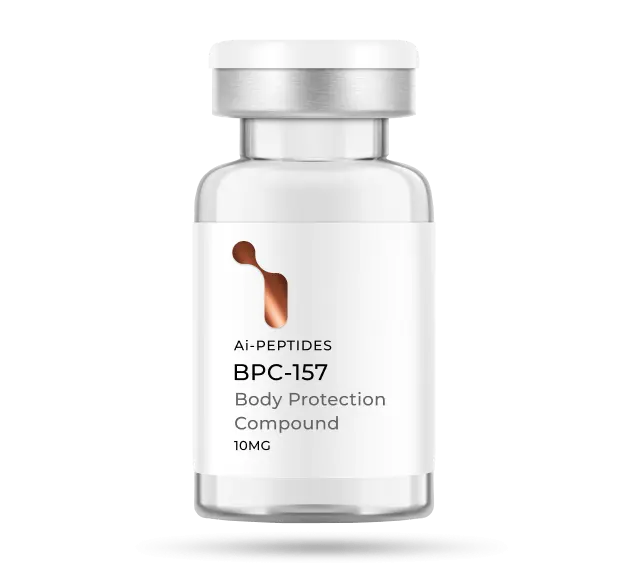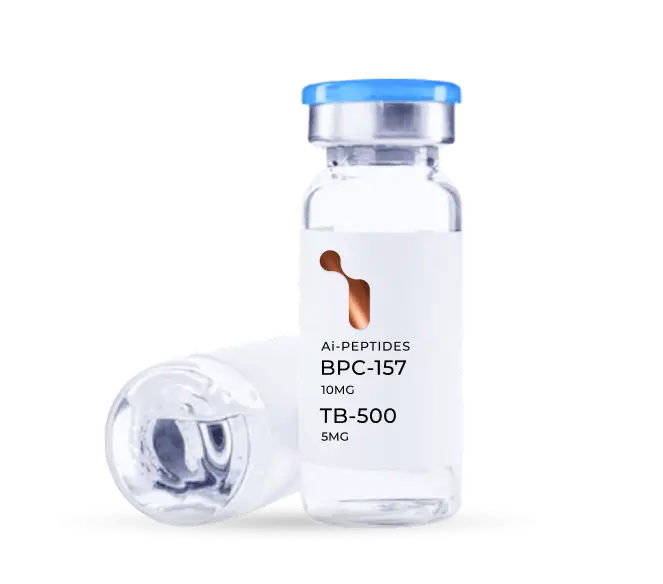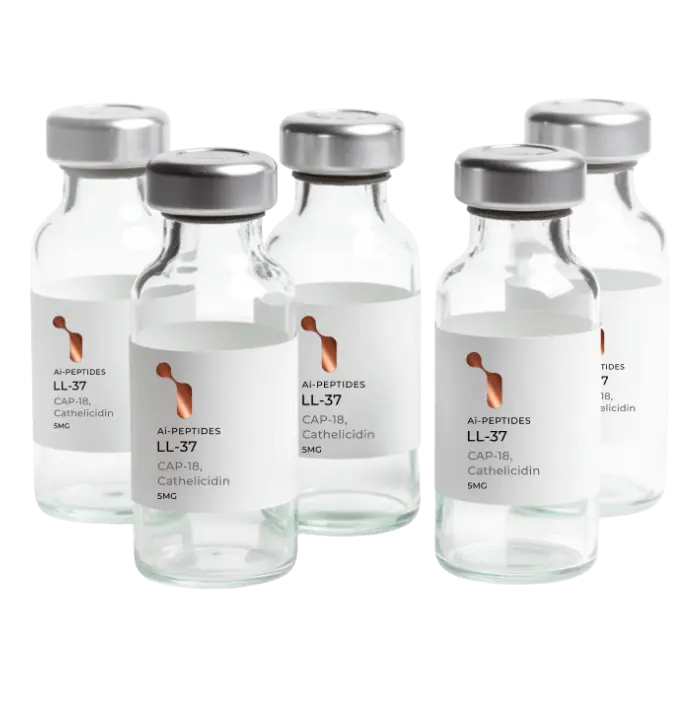Tesamorelin is a growth hormone releasing hormone (GHRH) analogue approved by the FDA for use in HIV-associated lipodystrophy. Because it increases growth hormone (GH) levels, tesamorelin can increase lean body mass, improve bone strength, burn fat, and even enhance immune function. It is the fat burning properties of tesamorelin, however, that are of greatest interest in the clinical setting. Tesamorelin is also known for its ability to improve peripheral nerve regeneration and is under investigation as a potential treatment for mild cognitive impairment (MCI). Tesamorelin has been in clinical use since 2010. Because of its long production history and relatively simple to produce characteristics, tesamorelin cost is one of the lowest among the GHRH analogues.
Purification Steps Determine Tesamorelin Cost
The cost of producing peptides generally comes from the purification and lyophilization steps of the process and not from the actual peptide synthesis. This was not always the case and producing larger peptides like tesamorelin cost quite a lot in the past. With advances in scalable synthesis, however, the production costs of many peptides have come down dramatically. This is particularly true for peptides, like tesamorelin, that require some degree of modification from their “normal” or standard counterpart[1]. In short, tesamorelin cost has declined significantly as manufacturing processes have advanced. While the purification step currently represents the bulk of the cost to manufacture tesamorelin, that is only because the cost of all of the other steps has been reduced so dramatically.




